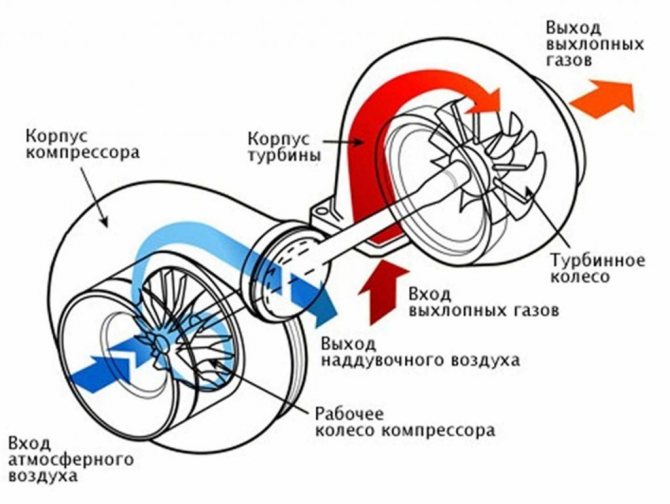
Encyclopedia of engines: Renault/Nissan 1.6 dCi (diesel)
In 2011, Renault and Nissan developed a new diesel engine to fill the gap left by the recall of the 1.9 dCi engine. Interestingly, these engines are partially related to each other, although none of the functional features connect them. The alternative to the 1.5 dCi diesel quickly proved to be a successful design, but can it still be considered in this vein to this day?
The motor made its debut in the Renault Scenic, but quickly appeared under the hood of other Nissan-Renault Alliance models, most notably in the popular first-generation Qashqai facelift, which was soon replaced by a new one. IN 2014 he got under the hood of a Mercedes C-class. At one time it was the most advanced diesel on the market, although it is worth mentioning that it is based on the design of 1.9 dCi, but, as the manufacturer assured, more than 75 percent. redesigned.
It was originally planned to be presented in a twin-turbocharged version but the concept was abandoned, and then several such variants were proposed in 2014, mainly in view of the Trafic utility model. In total, many power options were created (from 95 to 163 hp), while the cargo and passenger options were not used interchangeably. The most popular variety in passenger cars develops 130 hp.
The 1.6 dCi engine clearly has basic elements typical of modern common rail diesels, a 16 valve timing chain drives the chain, each version has a DPF filter, but there are some interesting facts. These are, for example, a dual exhaust gas recirculation system, cooling control of individual parts of the engine (for example, the head does not cool during the first few minutes) or maintaining cooling, for example. turbo with the engine off. All this in order to adjust it to the Euro 2011 standard already in 6 and some varieties comply with it.
The engine doesn't have many problemsbut it should be borne in mind that this is a complex structure and expensive to repair. Sometimes it fails exhaust throttle is responsible for managing the EGR system. There are also rare cases stretched timing chain. In a twin turbo system, failure of the boost system can result in high costs. You must follow the rule of changing the oil once a year or what is reasonable 15 thousand. km, always on low-ash with a relatively high viscosity 5W-30.
This engine, despite an advanced design in favor of emissions regulations, no longer survived when the Euro 6d-temp standard was in effect. At that time, he was replaced by the well-known, much older 1.5 dCi motor, although of lesser power. In turn, 1.6 dCi was replaced in 2019 by a modified version of 1.7 dCi (internal marking changed from R9M to R9N).
Advantages of the 1.6 dCi engine:
- Very good performance from the 116 hp version.
- Low fuel consumption
- A few glitches
Disadvantages of the 1.6 dCi engine:
- Quite complicated and expensive to repair design
